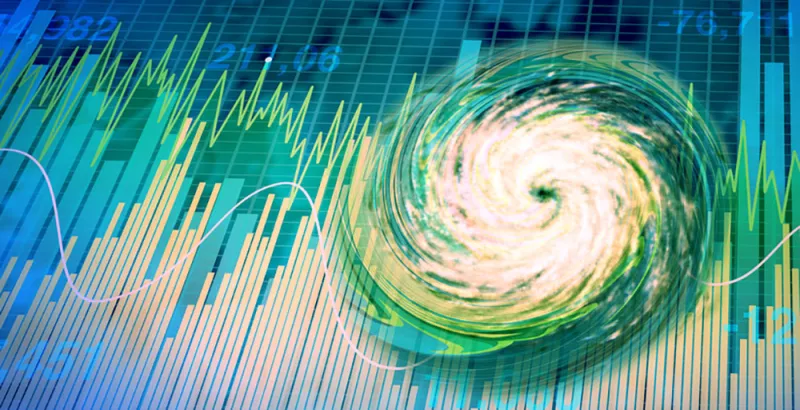The recent outperformance of large-cap stocks has fueled returns of widely-held market-cap weighted indices, such as the S&P 500. But investors are also bearing higher concentration risks than they were just a year ago, according to recent research from $11.3 billion asset manager Glenmede Investment Management.
As of the end of first quarter, the five largest companies in the S&P 500 index — Microsoft, Apple, Google’s parent company, Alphabet, Amazon, and Tesla — represented 22 percent of the index. But they only accounted for 14 percent of net income and 10 percent revenues of all companies in the index, according to a recent paper by Vladimir de Vassal, lead portfolio manager and director of quantitative research at Glenmede. The weighting in the index is driven by investors' short-term subjective behavior; fundamentals such as net income and revenue matter over the long term.
“What you see now is that their net income has come down, but their market value hasn’t. It’s just not sustainable,” de Vassal told Institutional Investor.
As he described it in the paper, “Subjective investor behavior and greed can lead to stock mispricings, which can distort stock weightings in equity indexes,” de Vassal wrote. “Over time, though, valuation and earnings matter to performance over market cycles.”
De Vassal described the high concentration of the big names in market-cap indices as a “déjà vu” of what happened during the peak of the internet bubble in the early 2000s. During that period, the largest constituents of the S&P 500 — Microsoft, Cisco, General Electric, Intel, and Walmart — made up about 15 percent of the index, a record high at the time. But their valuations soon “came down to earth” after the bubble burst, inflicting pains on investors who had placed their bets on the continued rise of market-cap indices, according to de Vassal.
What happened to the mega caps during the Internet bubble could happen again and cause significant losses for investors who don’t deviate much from market cap-weighted indices, de Vassal added. “There’s this narrow market leadership and excitement following Covid,” he said. “A lot of the tech names and work-at-home beneficiaries prospered in the 2020 and 2021 period. But now, as people go back to work physically, the joy is no longer there. Some see lower long-term growth rate expectations.”
The increasing concentration within an index can lead to lower returns and higher volatility, according to de Vassal’s research. For example, from 1992 to 2022, the S&P Midcap 400 Index, which is less concentrated than the S&P 500, had a total annualized return of 11.1 percent and an annualized volatility of 16.6 percent. Meanwhile, the S&P 500 had a lower annualized return (9.6 percent) and higher volatility (17.8 percent).
“A lot of people use these indices as benchmarks for their performance of their portfolios,” de Vassal said. “But to the extent that the index is showing this level of increased volatility, should you, as investors, be controlling your tracking error to the indices as they become more concentrated in certain names?”







